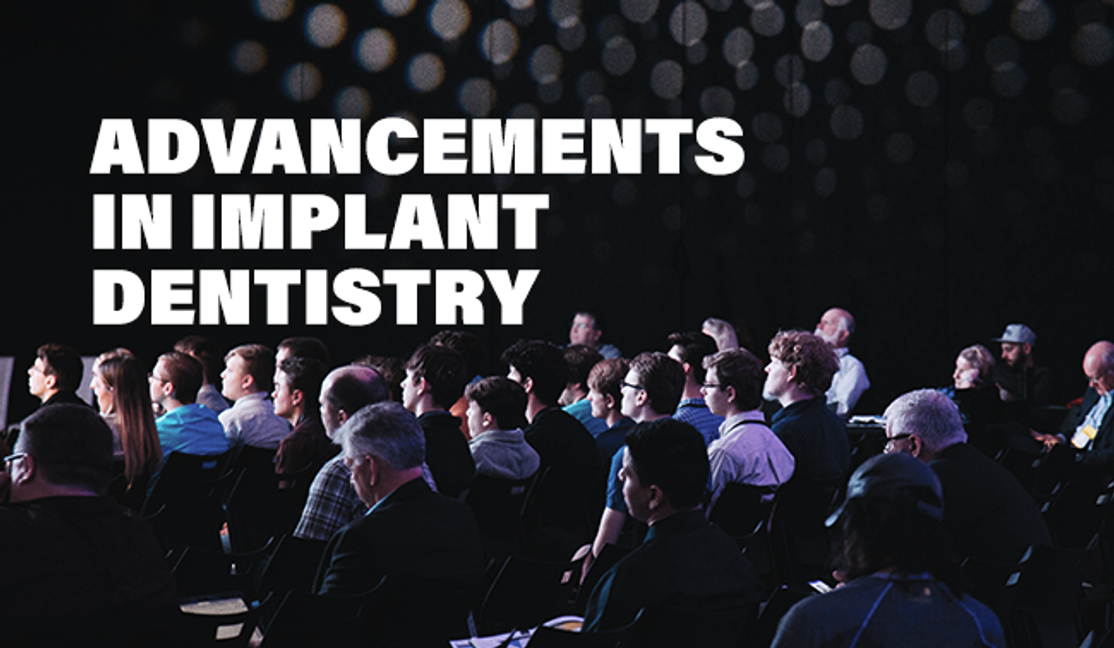Advancements in Implant Dentistry: Combining Innovations for Optimal Results
Posted by Oscar on 31st Mar 2023
In recent years, implant dentistry has seen significant advancements, thanks to a combination of numerous improvements in detail. These improvements have resulted in higher success rates, reduced treatment times, and better patient outcomes.
One of the primary factors behind the advancements in implant dentistry is the development of innovative dental implant materials. For instance, in recent years, researchers have explored the use of zirconia implants, which are biocompatible and offer a more natural-looking aesthetic than traditional titanium implants. A study published in the Journal of Dental Research found that zirconia implants have a success rate of up to 97.5%, which is comparable to titanium implants.
Additionally, advancements in implant design have led to improvements in implant stability, which is critical for successful osseointegration. For example, dental implant manufacturers have developed implants with various thread designs, including spiral, square, and buttress, to provide optimal implant stability. Moreover, manufacturers have introduced implants with different surface treatments, such as laser etching, to enhance osseointegration.
The use of digital technology is another significant improvement in implant dentistry. The development of intraoral scanners, 3D imaging, and computer-aided design and manufacturing (CAD/CAM) has significantly improved the planning and placement of dental implants. These tools allow dentists to create virtual 3D models of a patient's oral cavity, which can be used to plan and simulate implant placement procedures. A study published in Clinical Oral Implants Research found that the use of digital technology led to higher accuracy in implant placement and reduced surgical time.
More advancements in surgical techniques have also contributed to the success of implant dentistry. The use of minimally invasive techniques, such as flapless implant placement, reduces postoperative discomfort and speeds up recovery time. A study published in the Journal of Periodontology found that flapless implant placement led to less postoperative pain and swelling compared to traditional flap procedures.
To summarize, the use of innovative materials, implant design, digital technology, and surgical techniques has led to higher success rates, reduced treatment times, and better patient outcomes. As these advancements continue to evolve, implant dentistry will likely become even more efficient, effective, and accessible.
References:
- https://www.dental-tribune.com/c/dentsply-sirona/news/it-is-the-combination-of-the-many-improvements-in-detail-that-are-advancing-implant-dentistry-today/
- Depprich, R., Zipprich, H., Ommerborn, M., Naujoks, C., Wiesmann, H.P., Kiattavorncharoen, S., & Lauer, H.C. (2008). Osseointegration of zirconia implants compared with titanium: An in vivo study. Journal of Dental Research, 87(7), 616-620.
- Al-Dosari, A., & Al-Rasheed, A. (2019). Dental implant design and its effect on implant stability and crestal bone loss. The Saudi Dental Journal, 31(2), 137-143.
- van Steenberghe, D., Glauser, R., Blombäck, U., Andersson, M., Schutyser, F., Pettersson, A., & Wendelhag, I. (2005). A computed tomographic scan-derived customized surgical template and fixed prosthesis for flapless surgery and immediate loading of implants in fully edentulous maxillae: A prospective multicenter study. Clinical Implant Dentistry and Related Research, 7(Suppl 1), S111-S

